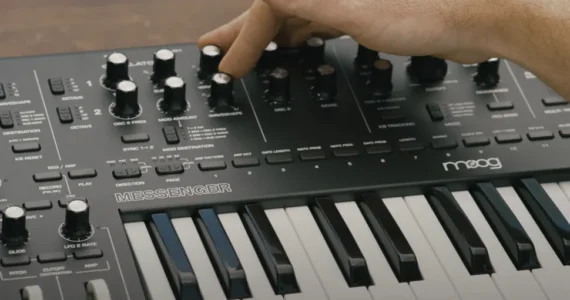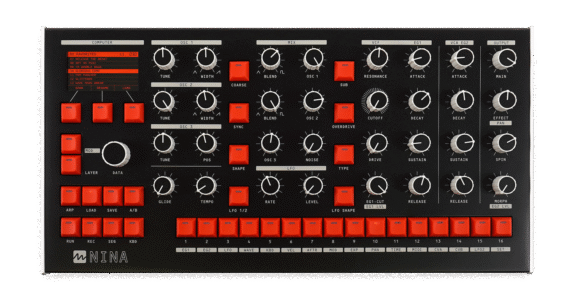Ableton Move v1.5 Now Available As Public Beta
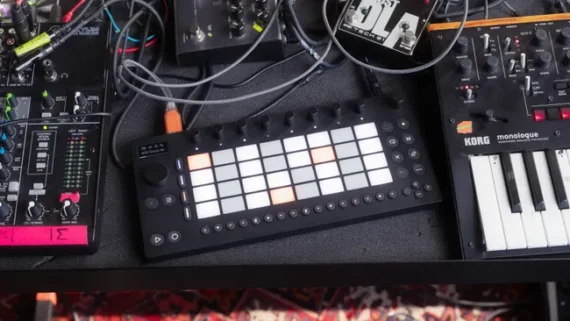
Now Ableton has launched a new firmware update for Move, which looks to be its most significant update yet. Ableton Move v1.5 Major Update Adds Sample Slicing, Auto-Filter Device & Enhances MIDI I/O.
When Move launched, one of the most common complaints from potential users was its lack of automatic sample slicing. Although Move allows users to sample using its audio input, onboard mic or internal routing – and lets users manually spread a recording across different pads – at launch it lacked the ability to automatically slice a loop to be triggered across different Drum Rack pads, in the way Live allows.
With the 1.5 update, Move now offers that option to slice a sample into equal regions, with the amount of slices set by the user. Users can then adjust the individual slice points in order to fine tune the process.
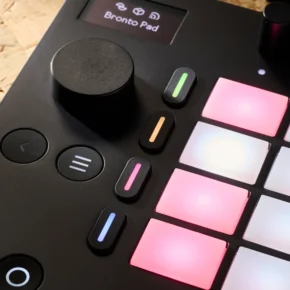



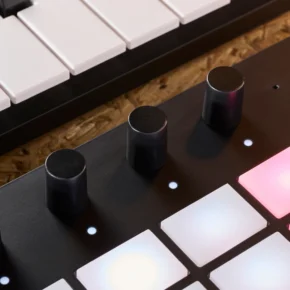
Move 1.5 also significantly enhances the device’s MIDI capabilities. Move can now simultaneously send and receive MIDI across its four tracks, which can each be configured with its own MIDI in and out settings. Move can also now receive MIDI clock settings from external devices.
It’s worth noting that Move uses its USB port for MIDI I/O, and doesn’t have conventional MIDI input and output ports.
Live’s newly overhauled Auto-Filter device also comes to Move 1.5, along with a range of presets. The update also adds some refinements to how Move functions when controlling Live, along with a variety of bug fixes.
These new updates join several other enhancements to the Move workflow that have been added since launch. These include the ability to sample using the device’s USB port, as well as improvements to the arpeggitor and quantize modes.
The 1.5 firmware is currently in public beta, head to the Ableton beta program site to find out how to join.
Move itself is available now, priced at £399/€449/$449, also available at Amazon site. For more info visit the main Ableton site.

